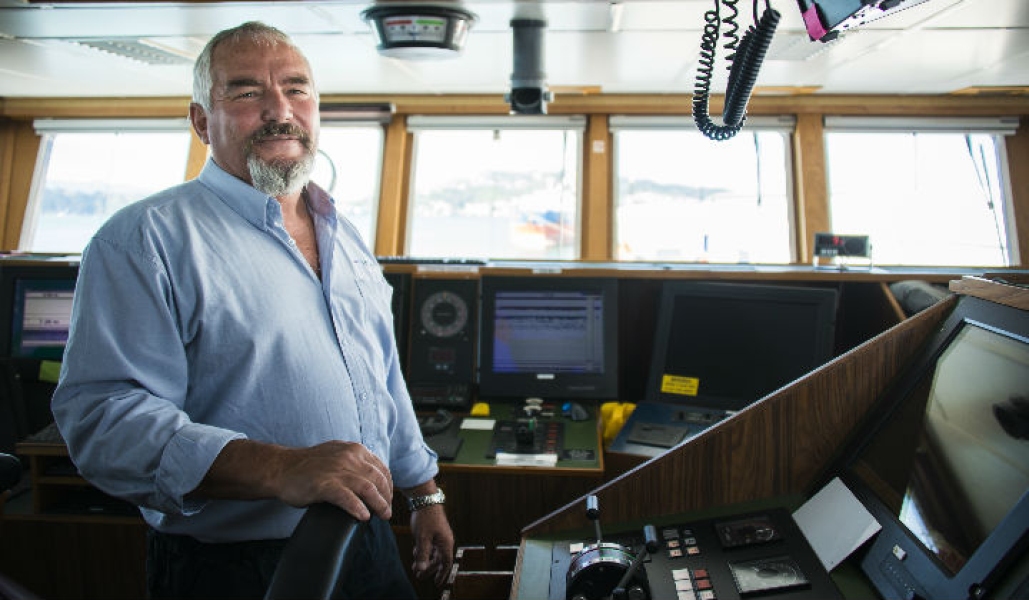On 29 January, 21 scientists and 19 crew members will depart Wellington on NIWA's flagship research vessel Tangaroa, beginning a six week of discovery through the Southern Ocean and into the Ross Sea. They return to Wellington on 11 March.
Eight of the scientists are from NIWA, three are students, and the remainder are from the Australian Antarctica Division. The voyage is also supported by Antarctica New Zealand. Among the crew will be a specialist ice pilot and a medical doctor.
Visit the Australian Antarctic Division website
Visit Antarctica New Zealand's website
The voyage
The vessel first heads to the Balleny Islands to conduct the humpback whale research. These islands are known as a feeding hotspot for humpbacks but little is known about what the whales eat.
From there the scientists will turn their attention to the blue whale research. A row of sonar buoys will be dropped into the ocean which can detect the sounds the whales make from more than 100km away, enabling the scientists to pinpoint their position.
Tangaroa then heads into the Ross Sea to one of the main toothfish fishing grounds to study icefish and grenadiers. These are a major prey species for the toothfish and the scientists will study their abundance and distribution to help determine the potential ecosystem effects of the fishery.
Tangaroa continues to Terra Nova Bay to install an echosounder mooring under the water. Large concentrations of Antarctic silverfish larvae are present in Terra Nova Bay. Antarctic silverfish are an important prey species for seabirds, fish, whales, seals and other animals. It is not currently known whether adult silverfish move in during winter and lay their eggs there, or if the eggs drift in from somewhere else. The echosounder will provide valuable insight.
The voyage will also involve continuous measurements of the ocean and atmosphere, enabling scientists to produce better global climate and oceanographic models that will ultimately improve weather forecasting and enhance understanding of climate change effects in the Southern Ocean.
Navigating the ice
An experienced ice pilot will guide the ship through the most difficult areas. Tangaroa is not an icebreaker but it is ice strengthened so it can push through thin ice. Vessel crew will try to avoid the ice if possible by using satellite and other information.
Further information
Voyage facts and figures [PDF 125KB]
Read about the voyage funding and partners

